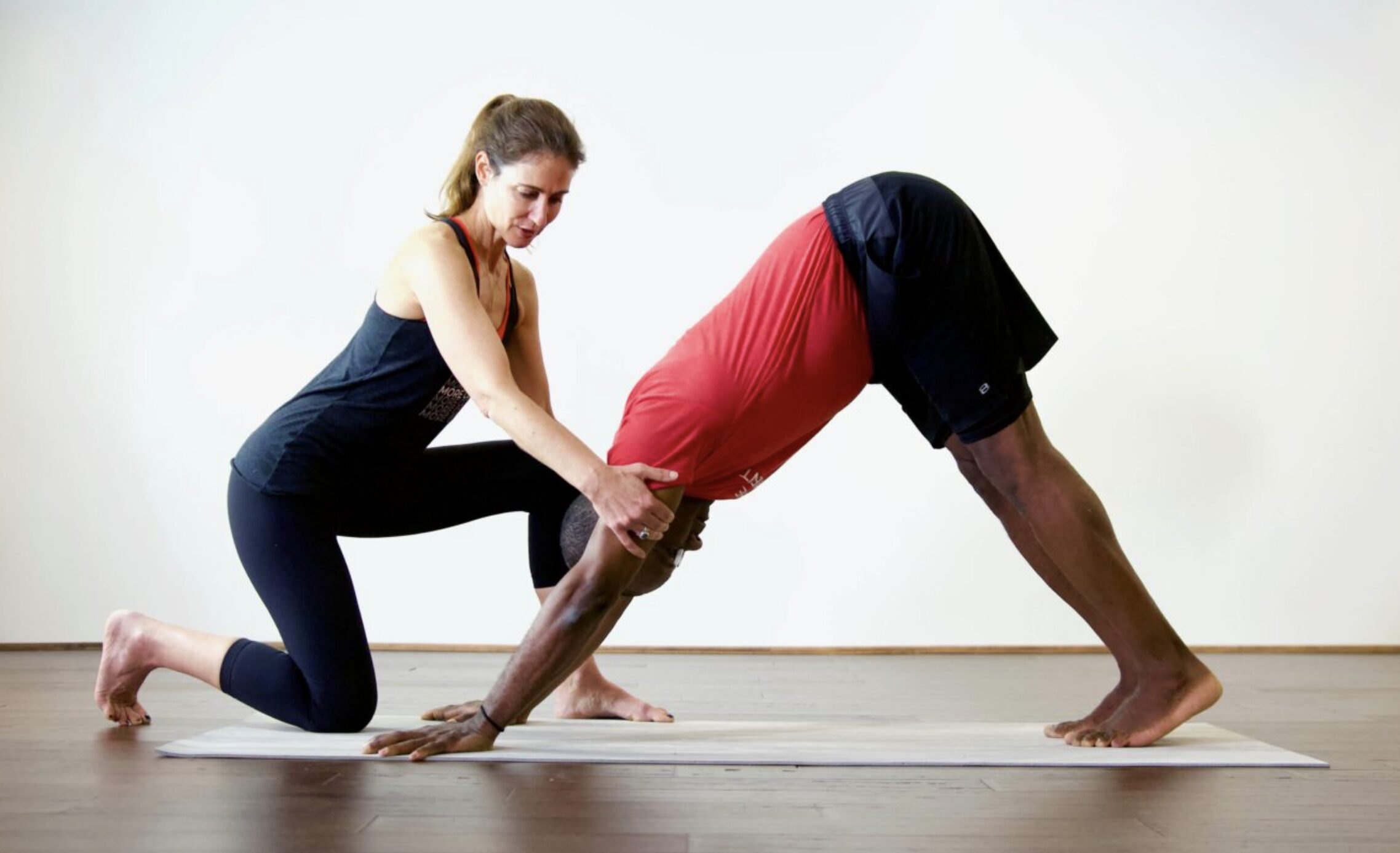
- Traditionally, nearing the end of a yoga class, this movement can be seen as a way to calm the nervous system, as a way to prepare for savasana.
- People want a deep stretch and feel as though this move will stretch the areas they need.
- I feel that sometimes yoga teachers do it as a filler because they run out of ideas.
Why do I not teach or use this in my practice?
When I stopped doing and teaching seated forward folds, I noticed more flexibility and mobility in myself and my students.
In vinyasa classes you’re already doing a lot of forward folds in standing positions. So it’s so redundant to get on the floor and do more of them, we need a variety of movement. Also, people who are sitting at desks most of the day already have half of the seated forward fold going, they don’t need to sit and do it more.
I really want to encourage yoga teachers to think outside the box a little bit. We don’t have to do the same thing over and over just because it’s been done before. So think for yourself and test different things out.
Resources:
- Check out: movementbylara.com
- Instagram: @lara.heimann
- Facebook: facebook.com/movementbylara






